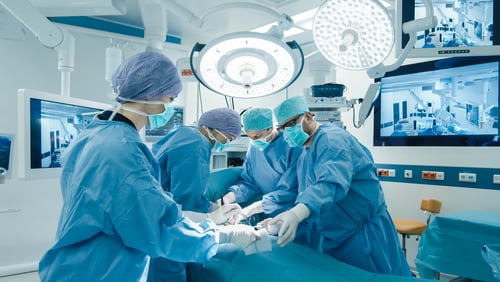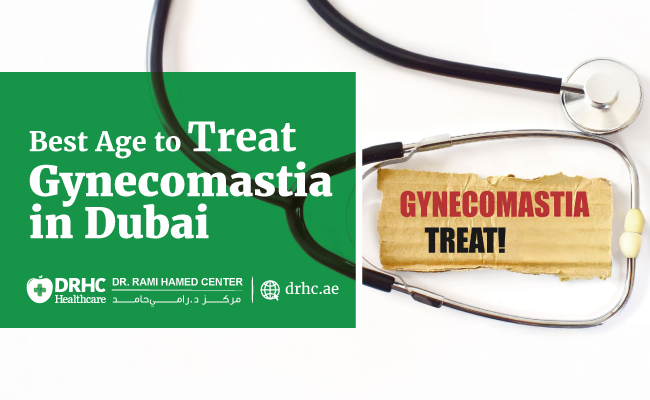
Best Practices in Laparoscopic Hernia Surgery:
Within the past decade, traditional management of surgical diseases has begun to change, giving way to less invasive surgery. The use of laparoscopy treatment became the main approach after attracting many surgeons. It was a slow start but expanded very quickly and other surgical procedures, not only hernias were involved in this field, like gallbladder, appendix, stomach and bowel surgery, etc.
- The interest in this minimally invasive approach leads industries to develop new instruments and disposable tools useful in laparoscopic surgery.
- Structure, standards, well-coordinated courses, experience, and advanced skills of surgeons are the main factors that influence the best outcome.
- The advantages of minimally invasive surgery include a lower rate of surgical site infections and an earlier return to work, these are considered great benefits for patients.
- Laparoscopy is integrated into routine practice. Laparoscopic surgery has the benefit of minimizing morbidity and mortality rates.
Having a hernia is not a big issue; never the less, any swelling or bulging should be examined by a hernia specialist. The size of the hernia is not the decision-maker for undergoing surgery. The patient should be provided with adequate information about the case and, later on, about the suitable procedure.
Read also:
*Find out more about Laparoscopic Hernia surgery Here*

*Laparoscopic Hernia surgery Cost*





.jpg)

.webp)



Leave a comment